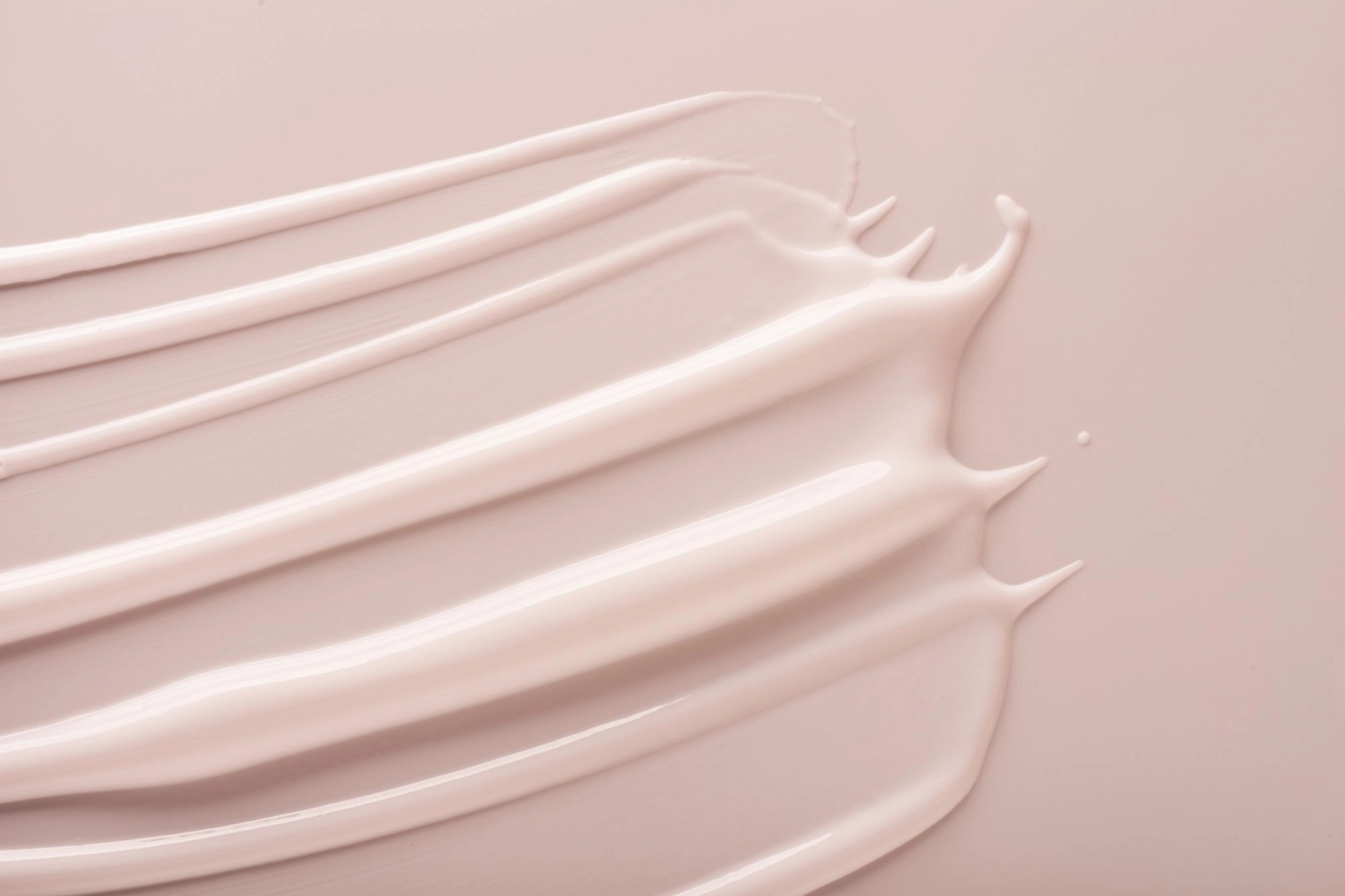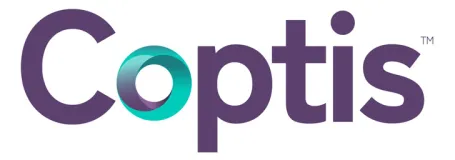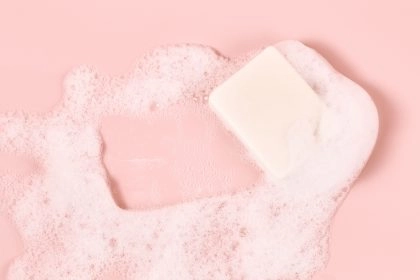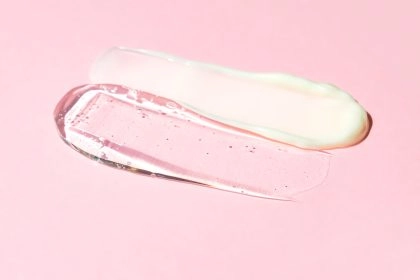Decoding the EU’s draft Omnibus Act VIII
All cosmetic products sold in the European Union (EU) must comply with its Cosmetics Regulation: (EC) No 1223/2009. But this is easier said than done. Continued research into materials makes our knowledge about their safety ever-more precise, which means the regulation’s supporting documents – their Annexes – are subject to change. Beauty brands and cosmetics manufacturers, therefore, need to stay vigilant if they want their products to remain compliant in Europe.

Most recently, it was announced that some forms of silver, as well as perboric acid and its salts would be included in a long list of cosmetic ingredients due to be banned in EU member states. On May 21, 2025, the European Commission notified the World Trade Organization (WTO) of the draft Omnibus Act VIII. The draft proposes amendments to Annexes II (banned ingredients), III (restricted ingredients), IV (colorants), and V (preservatives) of the Cosmetics Regulation.
The Omnibus Act implements last year’s Delegated Regulation (EU) 2024/2564, which introduced newly-classified substances as carcinogenic, mutagenic, or reprotoxic (CMR).
Newly-announced updates will come into effect on May 1, 2026, requiring non-compliant cosmetics to be removed from the EU market, even if they are already on shelves or in distribution.
What is being banned?
Updates to Annex II include prohibitions on perboric acid and its salts (entry 1397), which all have similar chemical properties and release hydrogen peroxide upon dissolution in water:
- Perboric acid (H3BO2(O2)), monosodium salt trihydrate
- Perboric acid, sodium salt, tetrahydrate
- Perboric acid (HBO(O2)), sodium salt, tetrahydrate
- Sodium peroxoborate, hexahydrate
- Sodium perborate
- Sodium peroxometaborate; sodium peroxoborate
- Perboric acid, sodium salt
- Perboric acid, sodium salt, monohydrate
- Perboric acid (HBO(O2)), sodium salt, monohydrate
Perboric acid and its salts have been used as oxidizing agents in hair coloring and permanent waving products, as well as in oral hygiene goods as a disinfectant and antiseptic, and in some tooth whitening products.
Entry 1727 has been replaced by the following:
- Silver (nano) [1 nm < particle diameter ≤ 100 nm]
- Silver (massive) [particle diameter ≥ 1 mm]
The proposed amendment is in light of the classification of silver (massive), silver powder and silver (nano) CMR substances of category 2 (toxic for reproduction) under (EU) 2024/2564.
Other substances added to Annex II under the draft Omnibus Act VIII include:
- Multi-walled carbon tubes (synthetic graphite in tubular shape) with a geometric tube diameter range ≥ 30 nm to < 3 µm and a length ≥ 5 µm, including multi-walled carbon nanotubes (MWC(N)T)
- Reaction mass of 1,3-dioxan-5-ol and 1,3-dioxolan-4-ylmethanol
- Acetone oxime
- 2-(Dimethylamino)-2-[(4-methylphenyl)methyl]-1-[4-(morpholin-4-yl)phenyl]butan-1-one
- 2,3-Epoxypropyl neodecanoate
- Benthiavalicarb-isopropyl (ISO); isopropyl [(S)1-{[(R)-1-(6-fluoro-1,3-benzothiazol-2yl)ethyl]carbamoyl}-2-methylpropyl]carbamate
- 7-Oxabicyclo[4.1.0]hept-3-ylmethyl 7-oxabicyclo[4.1.0]heptane-3-carboxylate
- Sodium 3-(allyloxy)-2-hydroxypropanesulphonate
- 1,4-Dichloro-2-nitrobenzene
- Fenpropidin (ISO); (R,S)-1-[3-(4-tertbutylphenyl)-2-methylpropyl]piperidine
- N,N’-Methylenediacrylamide
- Tert-butyl 2-ethylperoxyhexanoate
- Trimethyl borate
- S-metolachlor (ISO); 2-chloro-N-(2-ethyl-6methylphenyl)-N-[(2S)-1-methoxypropan-2yl]acetamide; (RaSa)-2-chloro-N-(6-ethyl-o-tolyl)N-[(1S)-2-methoxy-1-methylethyl]acetamide [contains 80-100% 2-chloro-N-(2-ethyl-6methylphenyl)-N-[(2S)-1-methoxypropan-2yl]acetamide and 0-20% 2-chloro-N-(2-ethyl-6methylphenyl)-N-[(2R)-1-methoxypropan-2yl]acetamide]
- Pyraclostrobin (ISO); methyl N-(2-{[1-(4chlorophenyl)-1H-pyrazol-3yl]oxymethyl}phenyl) N-methoxy carbamate
A look at restrictions
Updates to Annex III mean tighter usage limits on several ingredients, as listed below:
- Silver (powder) [100 nm < particle diameter < 1 mm]
- (a) Toothpaste: Maximum concentration 0.05%
- (b) Mouthwash: Maximum concentration 0.05%
- Hexyl 2-hydroxybenzoate (hexyl salicylate)
- (a) Hydroalcoholic-based fragrances: Maximum concentration 2%
- (b) All rinse-off products (except for shower gel, hand wash, hair conditioner and shampoo intended for children under 3 years of age): Maximum concentration 0.5%
- (c) All leave-on products (except hair conditioner, body lotion, face cream, hand cream, lipstick/lip balm and fragrance products intended for children below 3 years of age): Maximum concentration 0.3%
- (d) Toothpaste: Maximum concentration 0.001%
- (e) Mouthwash: Maximum concentration 0.001%(f) Shower gel, hand wash, shampoo, hair conditioner, body, face and hand (skin) care products, lipstick/lip balm and fragrance products intended for children below 3 years of age: Maximum concentration 0.1%
Annex IV’s entry 42 now restricts the use of silver powder as a colorant in lip and eye products to a maximum of 0.2%, as follows:
- Silver (powder) [100 nm < particle diameter < 1 mm]
- (a) Lip products: Maximum concentration 0.2%
- (b) Eye shadow: Maximum concentration 0.2%
While entry 7 of the preservatives-focused Annex V has also been updated to limit o-Phenylphenol and its sodium salts.
- Biphenyl-2-ol; 2-Phenylphenol; 2-Hydroxybiphenyl (o-Phenylphenol)
- Sodium 2-Biphenylolate; Sodium o-Phenylphenate
- (a) Rinse-off products: Maximum concentration 0.2% (as phenol)
- (b) Leave-on products: Maximum concentration 0.15% (as phenol)
Combined concentration must not exceed 0.2% in rinse-off and 0.15% in leave-on products.
Not to be used in products with potential inhalation exposure or in oral products.
The label should bear the following wording: “avoid contact with eyes”.
How to ensure compliance
Selling cosmetics in the EU which don’t comply with (EC) No 1223/2009 can have serious consequences. These include product recalls, fines, and even imprisonment – not to mention severe damage to your company’s reputation.
It is both tricky and time-consuming to stay on top of all cosmetic industry-relevant regulatory changes that occur, EU-wide or otherwise. But there is a solution to guarantee compliance.
PLM software from Coptis Software Solutions makes sure each cosmetic product adheres to international standards by providing INCI nomenclature for each region. It can flag non-compliance issues and enable companies to speedily adapt to regulatory changes like the draft Omnibus Act VIII, as automatic alerts notify formulators when a product does not meet EU standards.
PLM means teams can see immediately whether all criteria have been met before proceeding with product validation.
Established for 25 years, and operating in France, the United States, and Singapore, Coptis is continually updating its software to meet industry needs, helping cosmetics manufacturers navigate regulatory red tape while creating the products consumers love.
To find out more about Coptis PLM and what it can do for you, contact our teams or request a demo.





